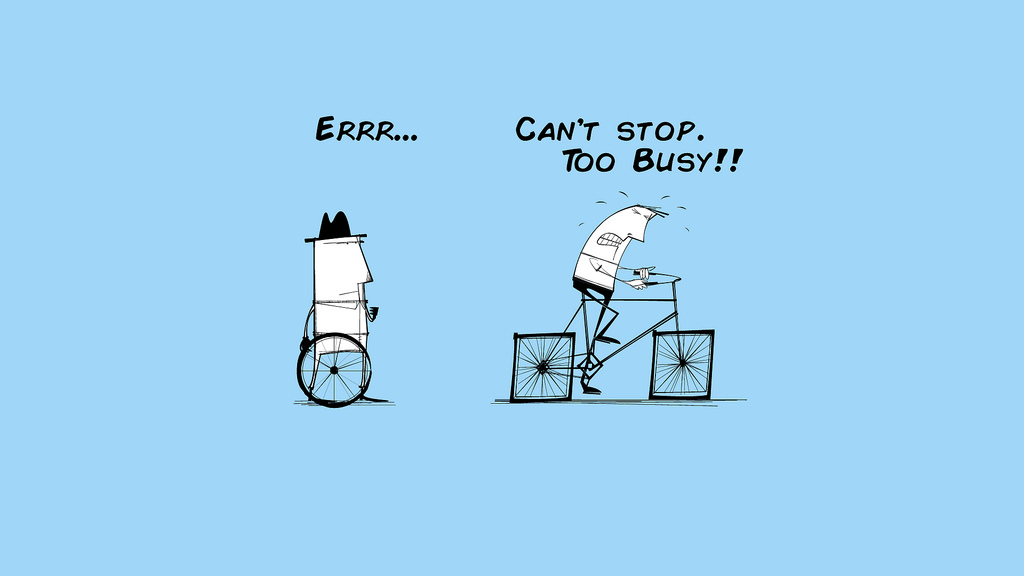Creating a healthy and effective working environment can sometimes seem so unattainable and elusive. Managing employees in a way that they work together as a harmonious, cohesive unit is every employer’s dream. But it doesn’t have to be only a chimera or a pipe dream.
If you implement some of the following performance management tips, you will put your company in a good position to thrive in the upcoming months and years. That’s right, you read it correctly – it won’t happen overnight. You simply have to be patient and focused on achieving these goals. It may take months or years until you reach an optimal performance level.
Always keep in mind that this is actually a small price to pay for getting to the desired performance stage.
Performance Management Doesn’t Mean (Just) Employee Appraisal
You might be thinking that you’ve been doing performance management all along, but actually, once you get rid of the idea that performance management equals employee appraisal, you can start implementing some real strategies.
These performance appraisals are somewhat outdated methods of keeping your employees happy and content while simultaneously getting the most out of them. The main reason why traditional employee appraisals don’t work as effectively as you would want them to is that this process is most of the time uncomfortable, lacks clear communication and at times it’s also painful. The manager may not feel too comfortable judging other employees and making numerical rankings or ratings of his fellow colleagues.
Performance management includes a somewhat holistic approach. It is a process in which the entire work environment is set in the way that everyone performs to the best of their capabilities and abilities while keeping the employees complacent and happy. The employee appraisals are often times just periodical (annual), unlike performance management, which essentially never stops.
So, how to properly implement a new performance management system?
The Process Before Hiring a New Candidate
It all starts before you even hire a new candidate. If the system is thoroughly developed, the margin for error when selecting a new employee is very low.
First of all, you need to have clear job descriptions. After that, you’d want to recruit the best potential candidates for the given position. Be sure to remember that conducting interviews is just one small (although very much important) part of this process. When you’ve narrowed down the potential employees, don’t avoid holding additional meetings to get a better picture of everyone’s skills and weak spots.
When offering the job to a candidate and negotiating the deal, you also want to have clear communication.
Assessing And Working With Current Employees
Once you’ve started the relationship on ’the right foot’ and made sure that the communication is transparent, you want to continue implementing the performance management system.
You can do this by evaluating organizational priorities, opting for performance measure, baseline determining and performance evaluation. These underlying and fundamental steps will make your performance management system run like a clock (and your company, as a direct consequence of this). However, getting these to actually work in your advantage is no easy task.
Luckily, there are certain ways on how to assess, monitor and evaluate progress towards particular goals. Choose suitable employee monitoring software to make your life substantially easier in this regard.
Don’t shy away from always talking to your employees and asking them about their opinion about different matters. You want them to be constantly engaged and involved in the decision-making processes. That way you’ll ensure they are fully committed, up-to-date and on-board with everything that happens in the firm.
Exit Interviews
When an employee decides to leave the company you want to use that as a good occasion to collect some more data which could later turn out to be valuable.
Your performance management system shouldn’t be based on a premise that it’s perfect. No system is perfect and ideal and there are always flaws and ways to improve and get better.
What separates a good system from the bad is this ’auto-reflecting’ moment where you are constantly trying to hear out other people’s viewpoints and at the same time make evaluations about them as much as you are trying to evaluate your own position and stance.
That’s why exit interviews can be of vital significance. You want to learn if you could’ve done something differently and kept the employee. Learn on your own mistakes but also make sure to make them less and less in the future.
Conclusion
These three stages (before hiring, after the employment, and after the contract has ended) basically form a spiral. They represent the neverending process of continuously working towards the betterment of the company and employees. This is why a good performance management system is really worth the gold.



